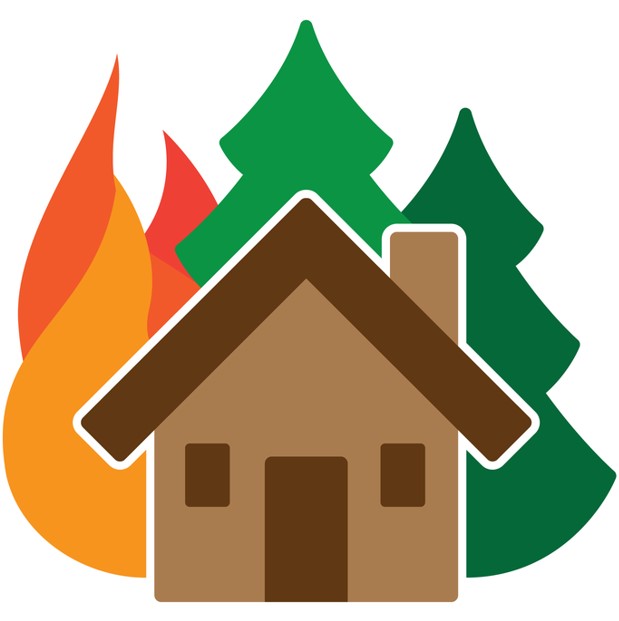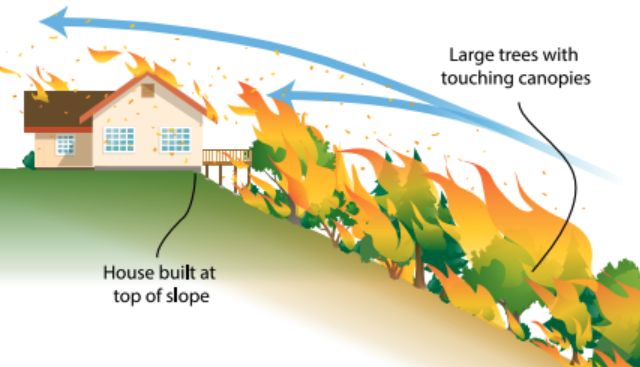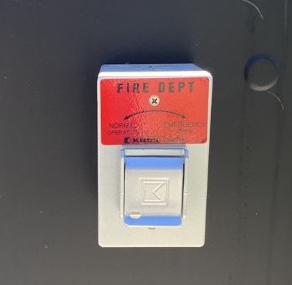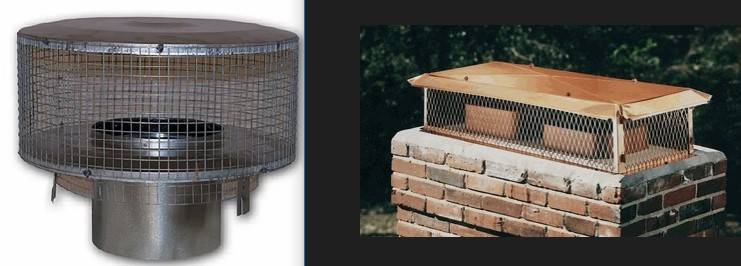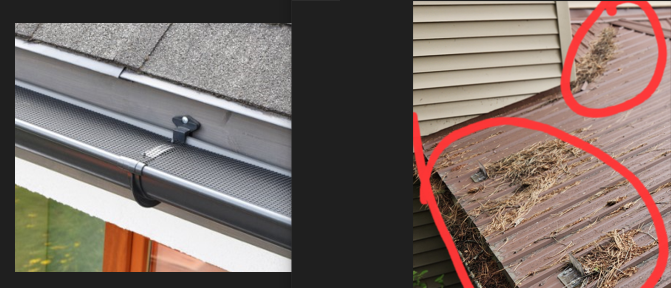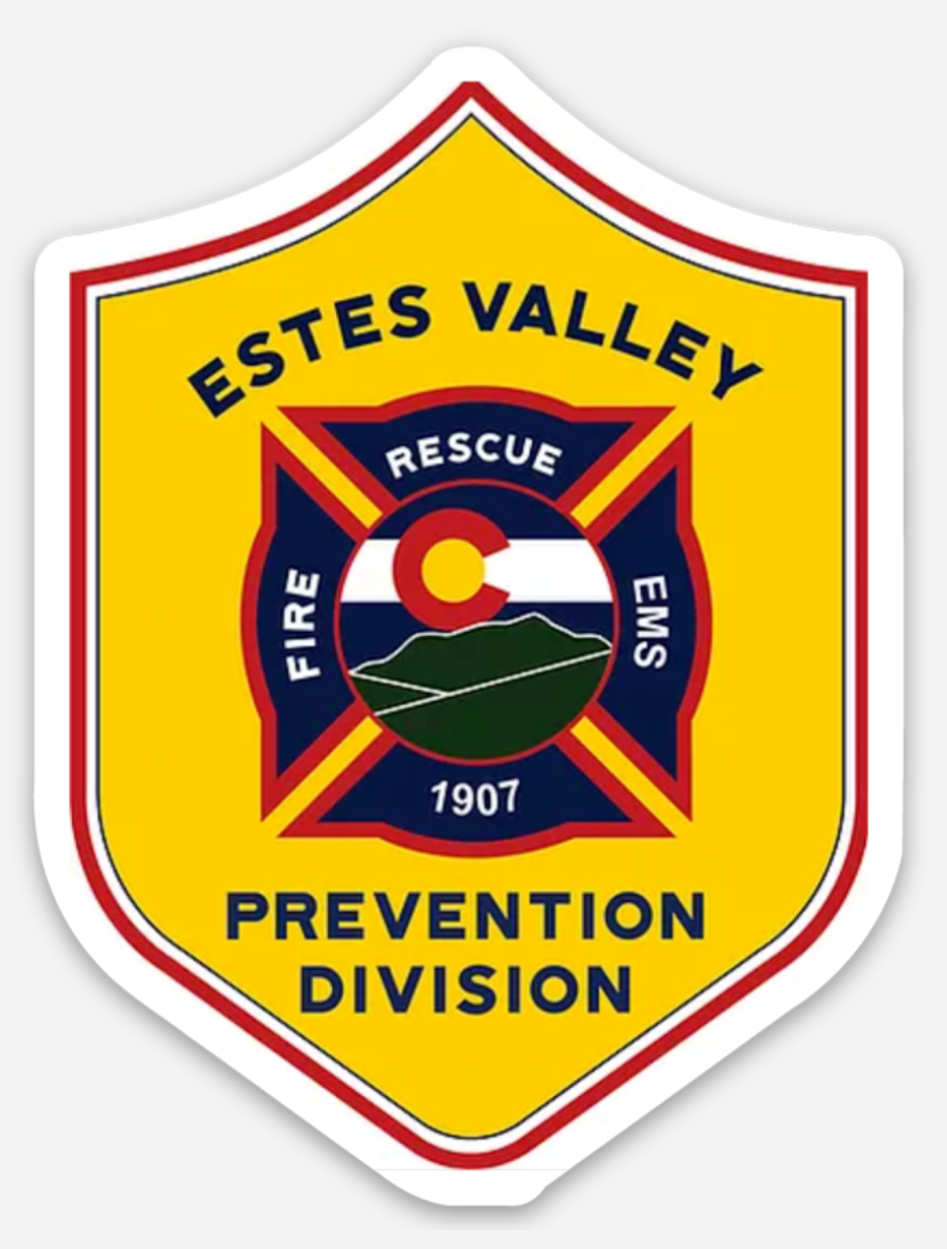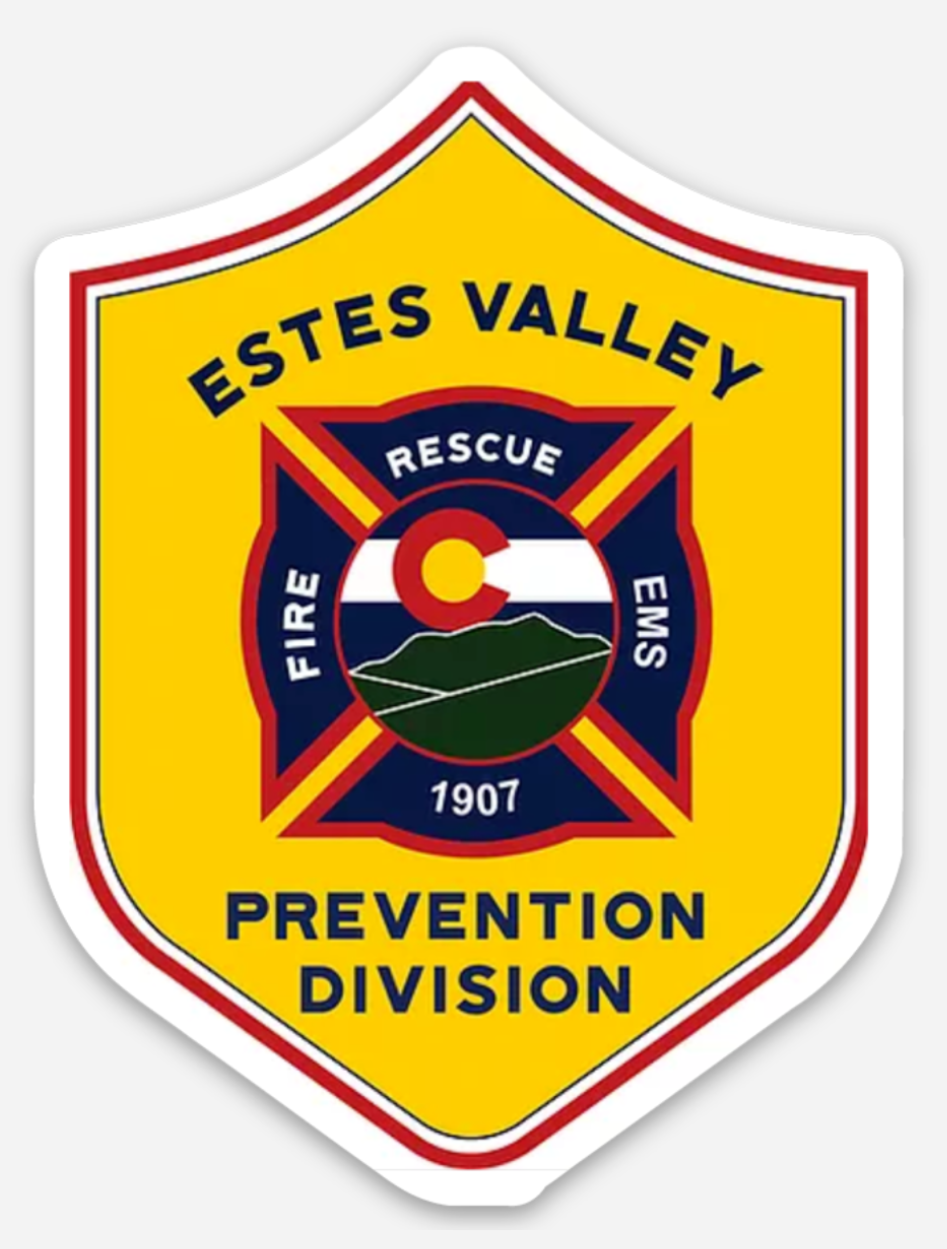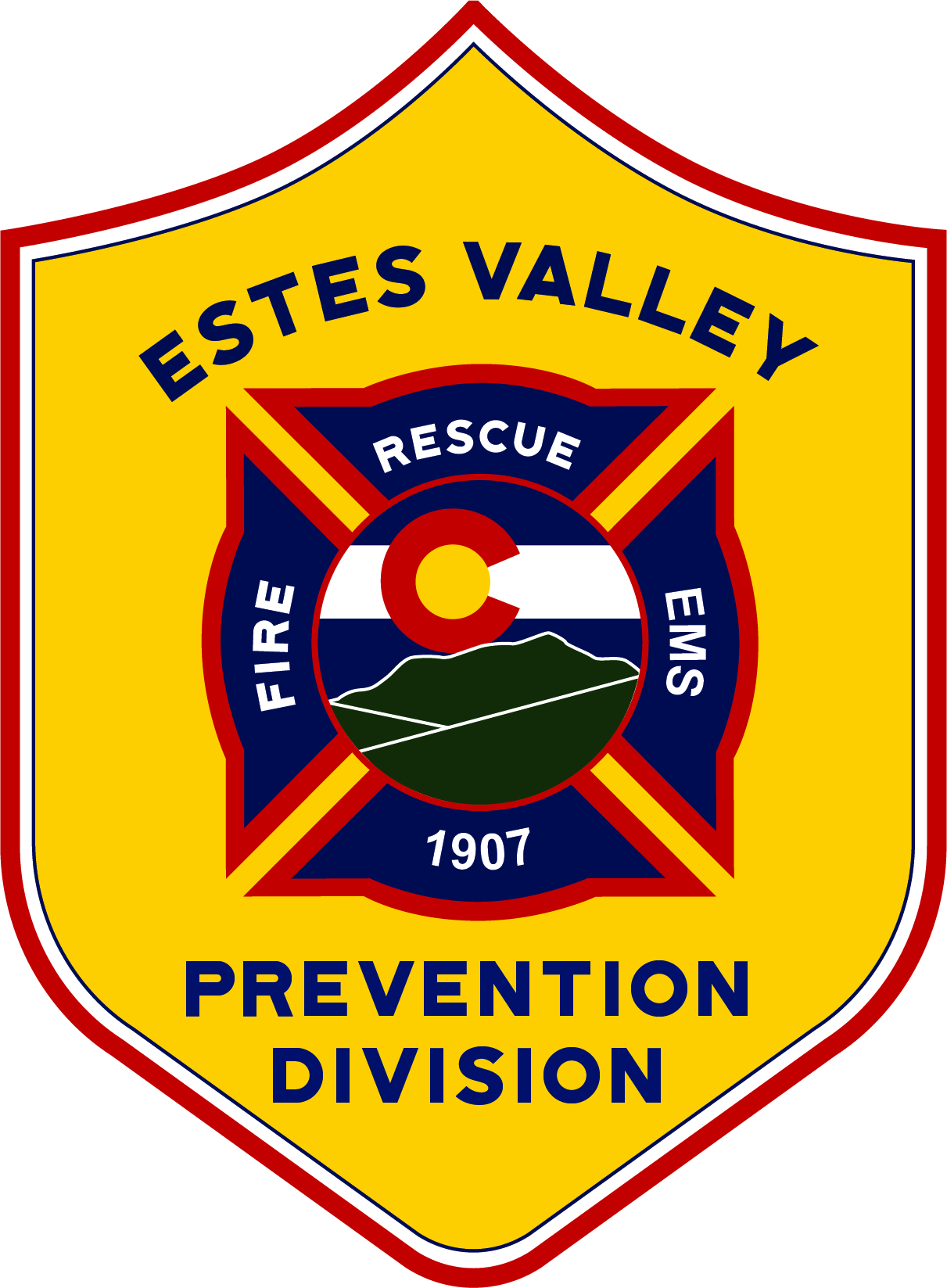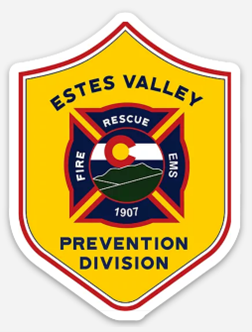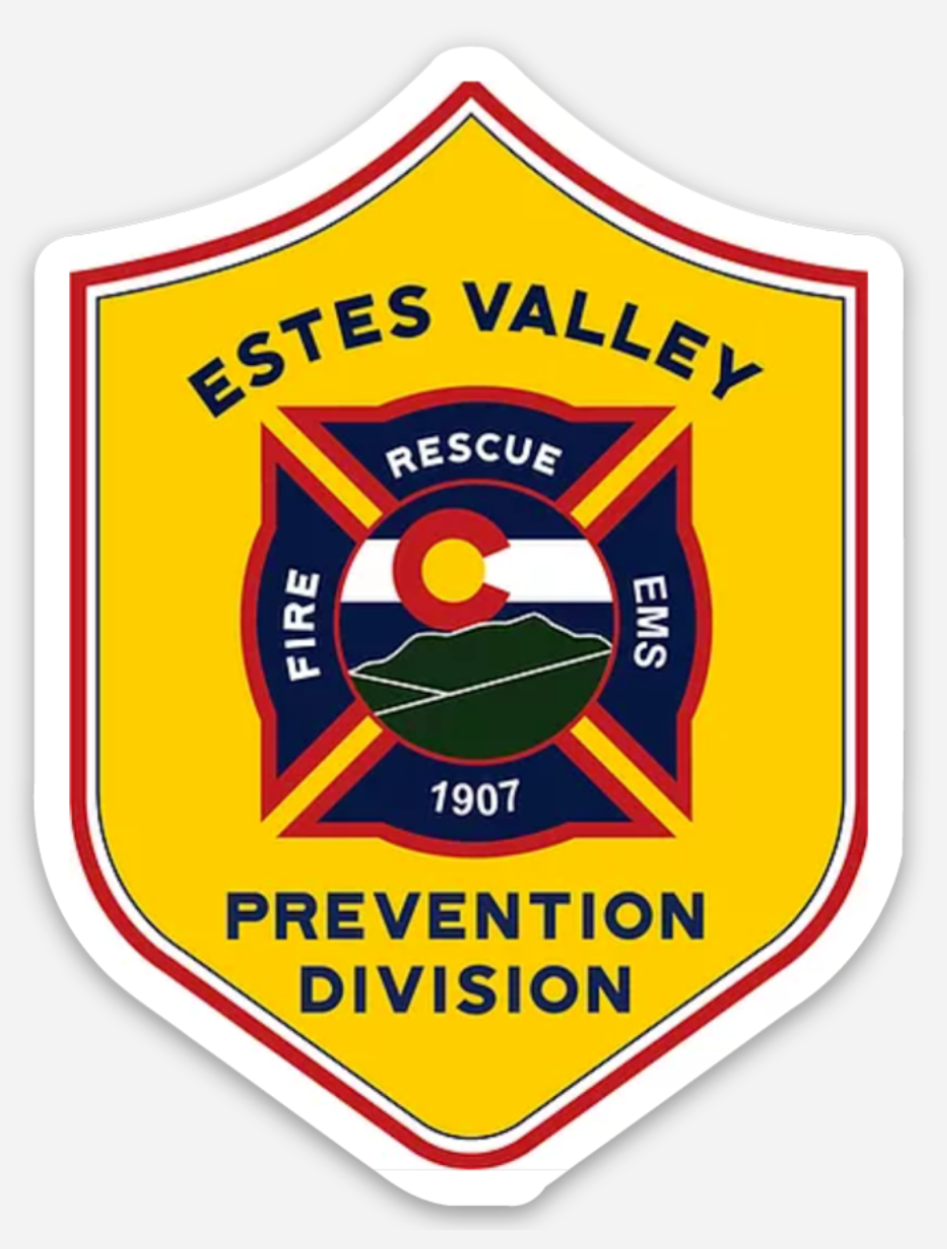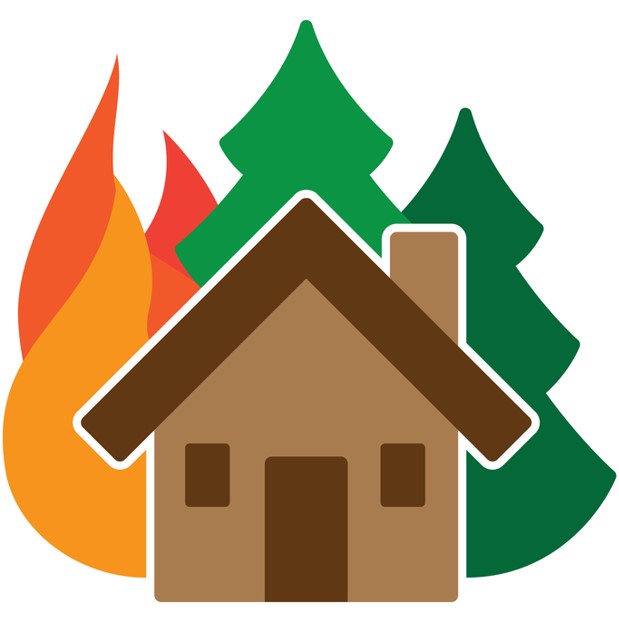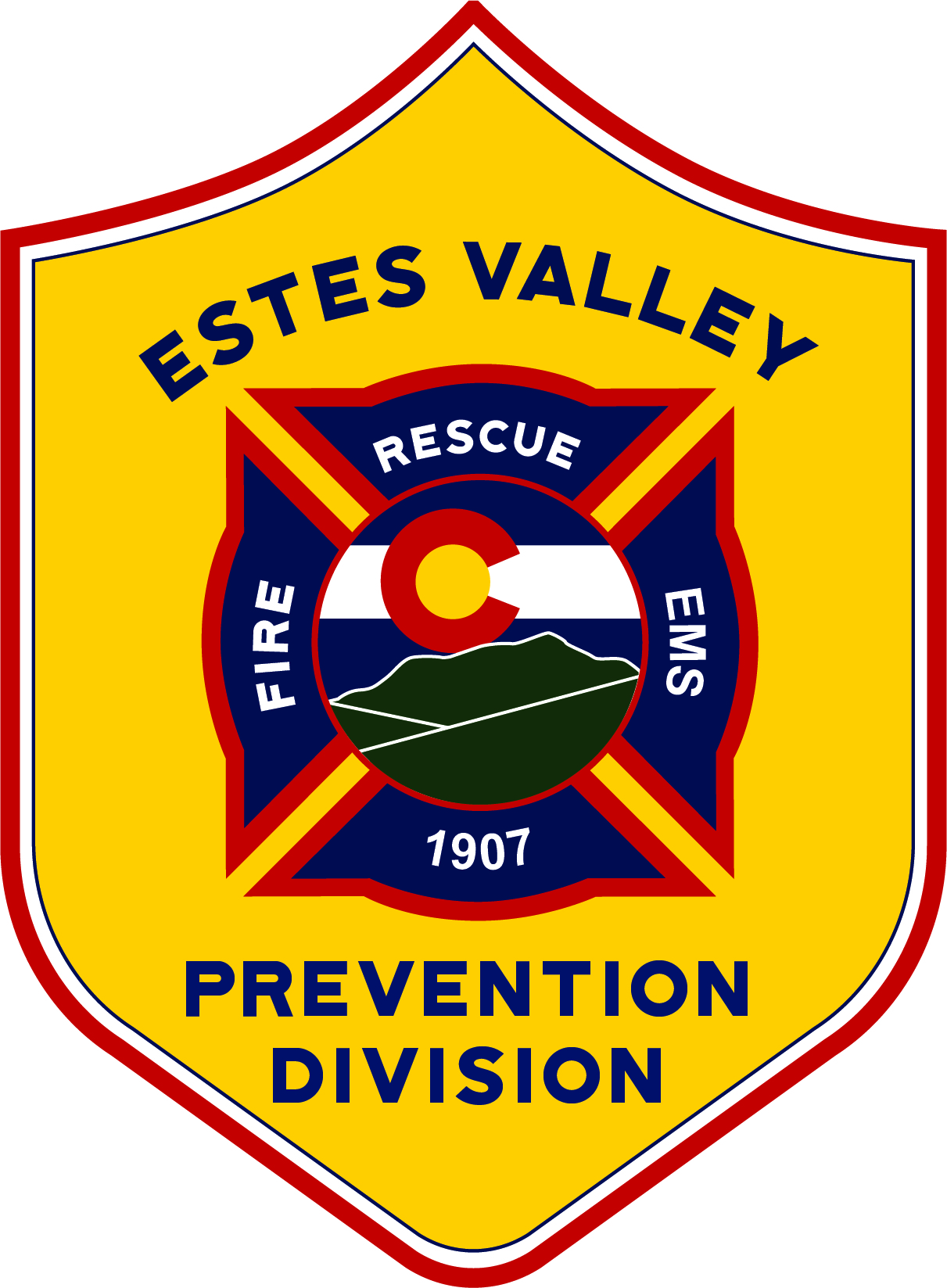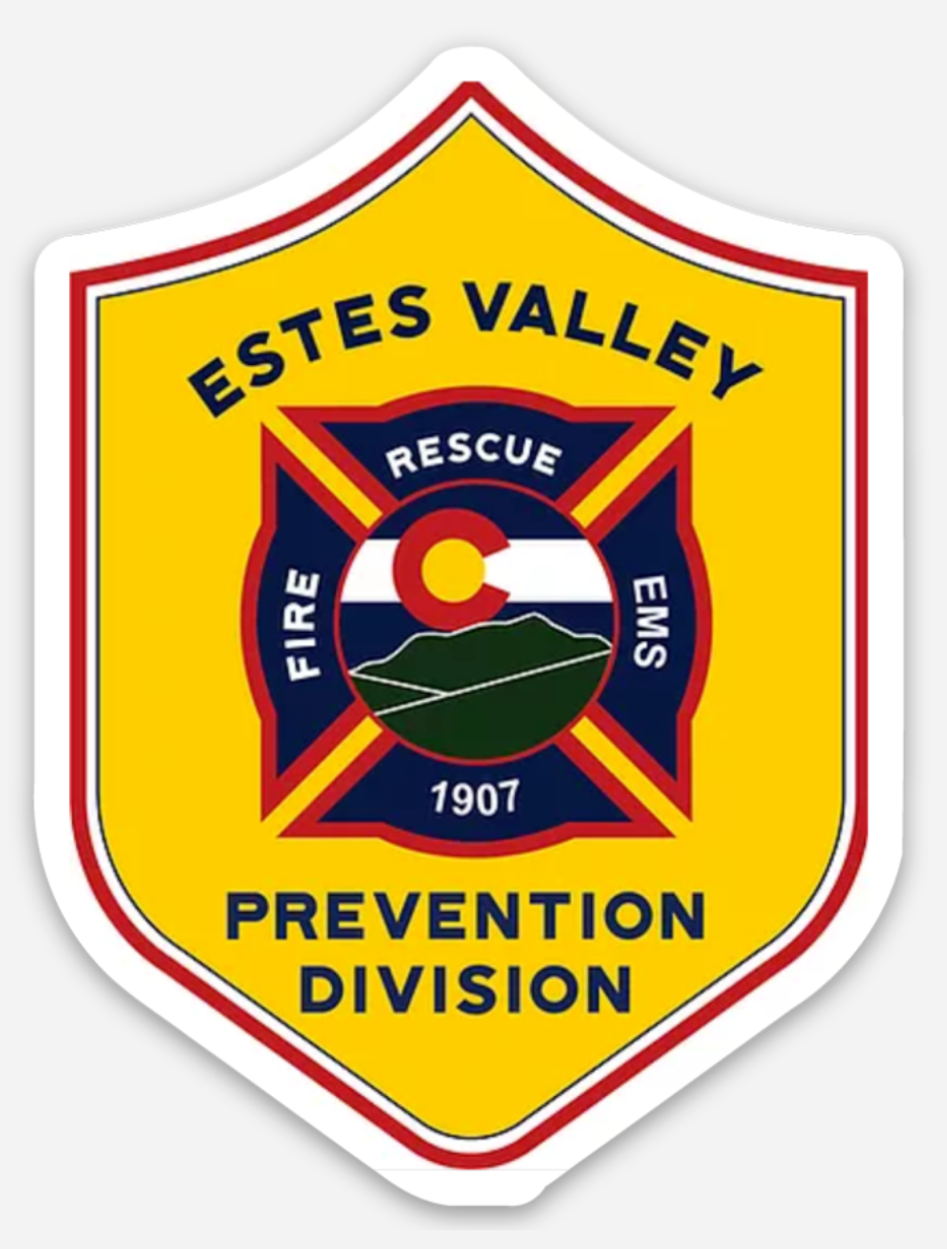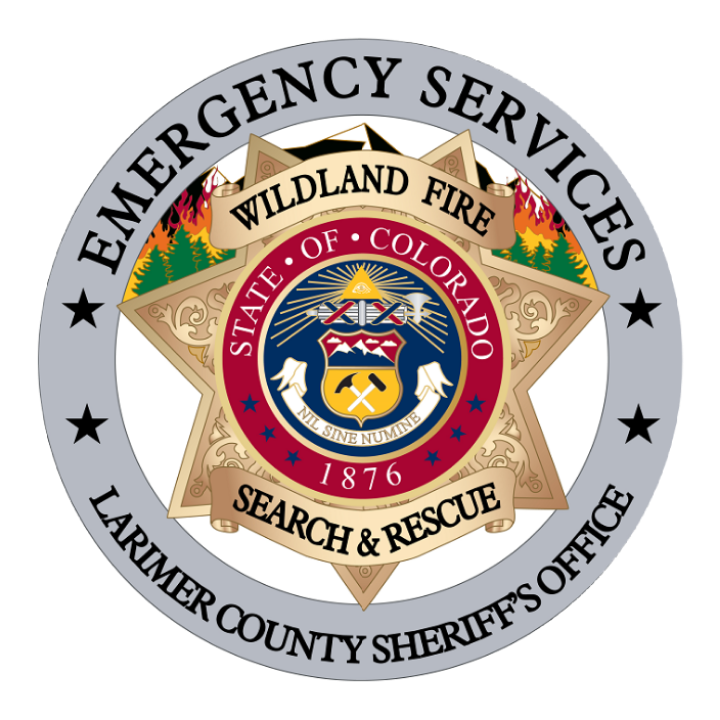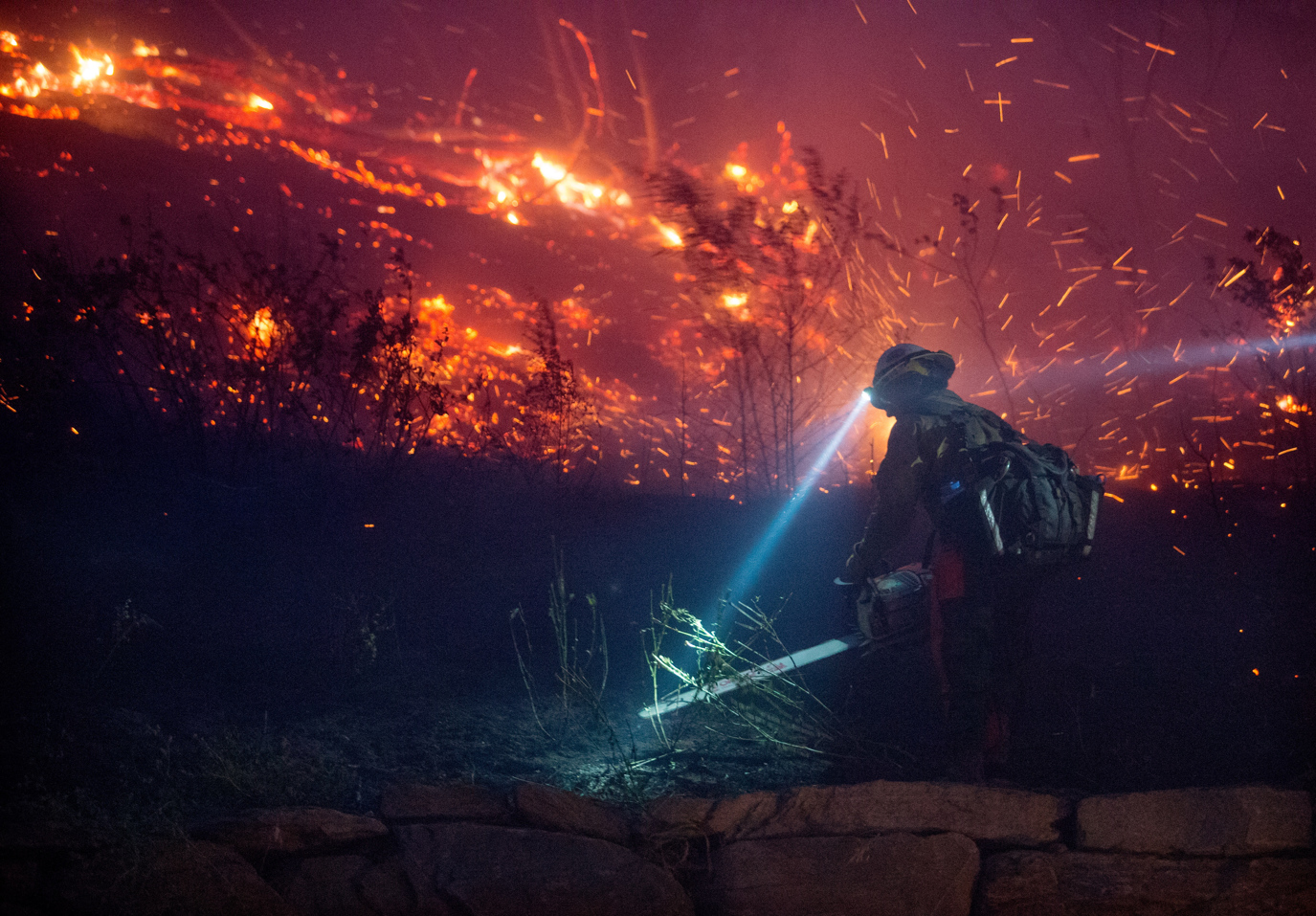Title Page
-
Homeowner Address
-
Homeowner Name
-
Contact Information (Email Required/Phone Optional)
-
Report Prepared By
- Berthoud Fire District
- Crystal Lakes FPD
- Estes Valley Fire District
- Glacier View CWPP Team
- Glen Haven VFD
- Larimer Sheriff's Emergency Services
- Livermore FPD
- Loveland Fire Rescue Authority
- Lyons Fire District
- Poudre Canyon Wildfire Community Alliance
- Poudre Fire Authority
- Red Feather Lakes FPD
- Rist Canyon VFD
- Pinewood Springs FPD
- Wellington Fire District
-
Date of Asessment
-
Evaluation Number
-
Wildfire Partner Program Participant Agreement & Waiver signed?
- Yes
- No - Signature required to proceed
Wildfire Partners Program Key Messages
-
Thank you for participating in the Larimer County Wildfire Partners Program, which is provided in accordance with national standards established by the National Fire Protection Association, National Wildfire Coordinating Group, and the Wildfire Adapted Communities Program from the National Fire Academy.
By taking part in your assessment and acting to reduce your risk, you are serving as a positive example for others in our community. Your leadership and stewardship will help create a positive change and build a more resilient community. The Wildfire Partners Program and its ambassadors are here to support you as you work to implement the following keys to wildfire resiliency:
-Active Shared Engagement
-Implement Your Individual Action Plan
-Work With Your Neighbors
-Actively Maintain Your Mitigation
-Understand That There Are No Guarantees
WILDFIRE MITIGATION CHECKLIST:
Home Identification
-
Good Example Sample:
-
1. Property marked with metal, reflective, high contrast address sign, visible from street
- Good Job - Maintain Current Condition
- Mitigation Recommended
- Mitigation Required to Obtain Certificate of Completion
-
2. Marked with proprietary address sign, visible from street
- Good Job - Maintain Current Condition
- Mitigation Recommended
- Mitigation Required to Obtain Certificate of Completion
-
3. Address not marked/difficult to read/inaccurate/not reflective/combustible material
- Good Job - Maintain Current Condition
- Mitigation Recommended
- Mitigation Required to Obtain Certificate of Completion
Slope of Property
-
Will the slope of this property affect wildfire behavior in ways that increase risk to the home?
-
Flat to Gentle Slope = Recommended minimum defensible space of 30 feet
-
Moderate Slope = Recommended minimum defensible space of 50 feet
-
Steep Slope = Recommended minimum defensible space of 100 feet
Locked Gates
-
Good Example Sample
-
1. There is a locked gate that includes a Knox Box or similar emergency access controller and holds correct keys
- Good Job - Maintain Current Condition
- Mitigation Recommended
- Mitigation Required to Obtain Certificate of Completion
-
2. There is a locked gate lacking a Knox Box or similar emergency access controller, or lacks correct keys
- Good Job - Maintain Current Condition
- Mitigation Recommended
- Mitigation Required to Obtain Certificate of Completion
-
3. No locked gate present on property
-
Register gate access codes with Larimer County 911 dispatch (LETA) by emailing: LETAstaff@leta911.org
-
Register gate access codes with Boulder County 911 dispatch by calling: (303)441-4444
-
Register gate access codes with Weld County 911 dispatch by calling: (970)350-9600
Chimney Spark Arrester
-
Good Example Sample
-
Spark arrester present, metal construction, openings not larger than 1/2 inch
- Good Job - Maintain Current Condition
- Mitigation Recommended
- Mitigation Required to Obtain Certificate of Completion
-
Spark arrester missing/Significantly damaged/Openings larger than 1/2 inch
- Good Job - Maintain Current Condition
- Mitigation Recommended
- Mitigation Required to Obtain Certificate of Completion
-
No chimney visible
ZONE 1 (0-5 feet)
Exterior Walls, Siding, Openings, and Attachments to Structures
-
Exterior siding is fire-resistive (stone, masonry, metal, cement board, stucco) 4 feet up from ground
- Good Job - Maintain Current Condition
- Mitigation Recommended
- Mitigation Required to Obtain Certificate of Completion
-
Exterior siding is combustible within 4 feet of the ground
- Good Job - Maintain Current Condition
- Mitigation Recommended
- Mitigation Required to Obtain Certificate of Completion
-
Holes in siding, gaps in roofline soffit boards, and other openings are sealed with caulk, flashing, or trim
- Good Job - Maintain Current Condition
- Mitigation Recommended
- Mitigation Required to Obtain Certificate of Completion
-
Gable and soffit vents are protected from airborne embers with 1/8" metal mesh screens
- Good Job - Maintain Current Condition
- Mitigation Recommended
- Mitigation Required to Obtain Certificate of Completion
-
Windows/skylights are double pane/insulated/tempered (In window corner, look for label identifying tempered glass)
- Good Job - Maintain Current Condition
- Mitigation Recommended
- Mitigation Required to Obtain Certificate of Completion
-
Garage door is sealed with weather stripping, and free of openings, gaps that could allow ember intrusion
- Good Job - Maintain Current Condition
- Mitigation Recommended
- Mitigation Required to Obtain Certificate of Completion
-
Crawl space access doors in exterior foundation walls are sealed and protected from fire and ember intrusion
- Good Job - Maintain Current Condition
- Mitigation Recommended
- Mitigation Required to Obtain Certificate of Completion
-
Fencing sections in contact with homes and structures are non-combustible metal within 5 feet of the building
- Good Job - Maintain Current Condition
- Mitigation Recommended
- Mitigation Required to Obtain Certificate of Completion
-
Sample Photos
Roof, Eaves, and Gutters
-
Roof covering is fire-resistive Class A material (asphalt composition shingles, metal, concrete, clay) and free of openings, cracks, gaps
- Good Job - Maintain Current Condition
- Mitigation Recommended
- Mitigation Required to Obtain Certificate of Completion
-
Dormers, intersecting eaves, skylights, solar panels, and roof projections are free of cracks, gaps, and combustible debris
- Good Job - Maintain Current Condition
- Mitigation Recommended
- Mitigation Required to Obtain Certificate of Completion
-
Gutters are metal (not vinyl), free of combustible debris (pine needles, branches, leaves)
- Good Job - Maintain Current Condition
- Mitigation Recommended
- Mitigation Required to Obtain Certificate of Completion
-
Gutters have metal covers with wind-resistant clips
- Good Job - Maintain Current Condition
- Mitigation Recommended
- Mitigation Required to Obtain Certificate of Completion
-
Sample Photos
Combustible Vegetation in Zone 1 (0-5 feet)
-
Fuel-free perimeter 5' out from structures clear of combustible tree litter, pine needles, firewood, lumber, patio furniture, fuel cylinders, man-made debris, etc.
- Good Job - Maintain Current Condition
- Mitigation Recommended
- Mitigation Required to Obtain Certificate of Completion
-
No bark mulch or wood chips in planting beds within 5 feet of structures, under exterior stairs, under decks, at base of combustible fencing
- Good Job - Maintain Current Condition
- Mitigation Recommended
- Mitigation Required to Obtain Certificate of Completion
-
Shrubs and trees within 5 feet of structures are lean, green, and have water-filled leaves, not more combustible oil-filled needles
- Good Job - Maintain Current Condition
- Mitigation Recommended
- Mitigation Required to Obtain Certificate of Completion
-
Tree branches do not extend over the gutters or roof, and are at least 10 feet away from any chimney or gas fireplace vent
- Good Job - Maintain Current Condition
- Mitigation Recommended
- Mitigation Required to Obtain Certificate of Completion
-
Trees and shrubs are not growing closely under or touching eaves, or growing into vents in the structure's exterior
- Good Job - Maintain Current Condition
- Mitigation Recommended
- Mitigation Required to Obtain Certificate of Completion
-
Grass is maintained "lean and green" 4 inches or less in height
- Good Job - Maintain Current Condition
- Mitigation Recommended
- Mitigation Required to Obtain Certificate of Completion
-
Nooks and crannies next to structures are free of combustible tree litter (wildfire embers tend to collect in the same catchment areas as Autumn leaves, or where snow drifts against a structure)
- Good Job - Maintain Current Condition
- Mitigation Recommended
- Mitigation Required to Obtain Certificate of Completion
-
Remove marked trees
- Good Job - Maintain Current Condition
- Mitigation Recommended
- Mitigation Required to Obtain Certificate of Completion
Zone 2 (5-30')
-
Firewood pile is at least 30 feet away from the home, or firewood is contained in metal/masonry box with lid, or specialized fire-resistant cover
- Good Job - Maintain Current Condition
- Mitigation Recommended
- Mitigation Required to Obtain Certificate of Completion
-
Deck or patio attached to home is made of fire-resistant material (cement board, metal, masonry)
- Good Job - Maintain Current Condition
- Mitigation Recommended
- Mitigation Required to Obtain Certificate of Completion
-
Deck or patio attached to home is combustible wood
- Good Job - Maintain Current Condition
- Mitigation Recommended
- Mitigation Required to Obtain Certificate of Completion
-
Deck or patio attached to home is clear of combustible furniture, rugs, decor, permanent fabrics
- Good Job - Maintain Current Condition
- Mitigation Recommended
- Mitigation Required to Obtain Certificate of Completion
-
Area under deck is clear of combustible tree litter, leaves, pine needles, firewood, lumber, gasoline containers, bark chips
- Good Job - Maintain Current Condition
- Mitigation Recommended
- Mitigation Required to Obtain Certificate of Completion
-
Area under deck is sealed off with 1/8" metal mesh or solid metal screening
- Good Job - Maintain Current Condition
- Mitigation Recommended
- Mitigation Required to Obtain Certificate of Completion
-
BBQ's on decks are on a fire-resistive surface (metal tray or masonry paver stones) and spare propane cylinders are stored inside garage or storage shed, NOT directly on combustible deck
- Good Job - Maintain Current Condition
- Mitigation Recommended
- Mitigation Required to Obtain Certificate of Completion
-
Fixed propane tanks are at least 30 feet away from structures, and clear of vegetation in a 10 foot radius surrounding the tank
- Good Job - Maintain Current Condition
- Mitigation Recommended
- Mitigation Required to Obtain Certificate of Completion
Combustible Vegetation in Zone 2 (5-30 feet)
-
No dead or downed trees, slash piles, or heavy accumulations of surface fuels within 30 feet of structures
- Good Job - Maintain Current Condition
- Mitigation Recommended
- Mitigation Required to Obtain Certificate of Completion
-
Juniper bushes are at least 30 feet away from structures, needles and tree litter cleaned out underneath
- Good Job - Maintain Current Condition
- Mitigation Recommended
- Mitigation Required to Obtain Certificate of Completion
-
Trees are limbed up 6-10 feet from the ground, or 1/3 the total height of the tree
- Good Job - Maintain Current Condition
- Mitigation Recommended
- Mitigation Required to Obtain Certificate of Completion
-
Tree canopies have at least 10 feet of space between crowns
- Good Job - Maintain Current Condition
- Mitigation Recommended
- Mitigation Required to Obtain Certificate of Completion
-
Small groups of trees are spaced at least 30 feet away from adjacent clusters of trees (particularly conifers)
- Good Job - Maintain Current Condition
- Mitigation Recommended
- Mitigation Required to Obtain Certificate of Completion
-
Ladder fuel chains are broken up so ground-based fire cannot easily climb upward into shrubs and trees
- Good Job - Maintain Current Condition
- Mitigation Recommended
- Mitigation Required to Obtain Certificate of Completion
-
Clumps of shrubs are spaced 2.5x the shrubs mature height (Example: 6' tall shrubs are placed 15' apart)
- Good Job - Maintain Current Condition
- Mitigation Recommended
- Mitigation Required to Obtain Certificate of Completion
-
Grass is maintained "lean and green" 4 inches or less in height
- Good Job - Maintain Current Condition
- Mitigation Recommended
- Mitigation Required to Obtain Certificate of Completion
-
Electrical power poles are maintained clear of combustible vegetation in a 5 foot radius around their base
- Good Job - Maintain Current Condition
- Mitigation Recommended
- Mitigation Required to Obtain Certificate of Completion
-
Remove marked trees
- Good Job - Maintain Current Condition
- Mitigation Recommended
- Mitigation Required to Obtain Certificate of Completion
Zone 3 (30-100')
-
Recreational vehicles (ATV's, RV's, lawn mowers) used occasionally are stored as far from the home as possible
- Good Job - Maintain Current Condition
- Mitigation Recommended
- Mitigation Required to Obtain Certificate of Completion
-
Storage sheds, barns, accessory structures within 30’ of home are mitigated to the same level as the primary residence
- Good Job - Maintain Current Condition
- Mitigation Recommended
- Mitigation Required to Obtain Certificate of Completion
-
Tree canopies may have 6-10 feet between crowns, openings in clumps of trees force fire to transition to the ground
- Good Job - Maintain Current Condition
- Mitigation Recommended
- Mitigation Required to Obtain Certificate of Completion
-
Slash pile burning, lop and scatter mitigation, or broadcast chipping is spreading woody material over a wide area, and is keeping accumulations of mitigated material low to the ground, and not under trees
- Good Job - Maintain Current Condition
- Mitigation Recommended
- Mitigation Required to Obtain Certificate of Completion
Wildfire Resiliency Resources
-
Which county Emergency Alert Notification Systems are applicable to this homeowner? Occupants will NOT receive emergency evacuation notices if they do not sign up for alerts at the websites provided
-
Larimer County Emergency Alerts at www.NOCOalert.org
-
Boulder County Emergency Alerts at www.bocoalert.org
-
Weld County Emergency Alerts at https://public.coderedweb.com/CNE/en-US/BF9B9A570C0B
-
Sign up for your Emergency Alert Notification System, have an evacuation plan for family members, animals, and neighbors, evacuate immediately before, or as soon as voluntary evacuation orders are given for your alerted area - do not wait for mandatory evacuation orders, keep a "Go Bag" ready with everything needed to be self-sustaining away from home for 3-5 days minimum, keep a full tank of gas in an evacuation vehicle at all times, review how to open your garage door manually without electricity, know at least 2 routes out of your area, and practice driving alternate routes before an emergency
-
Before The Fire Facts: Homeowner's Insurance Agent Conversation Guide
-
Home Inventory: Create a detailed inventory of your personal property, preferably with video of your possessions, saved in a cloud-based storage application off-site, for insurance reimbursement
-
Tax Credit Form: Review the attached Colorado Department of Revenue document with your tax professional to possibly receive annual state of Colorado tax credit for completing wildfire fuel mitigation work on your own private property. Save receipts for wildfire mitigation expenses.
-
Wildfire Resilient Plants Guide: Replace highly combustible shrubs, trees, and grasses with these low-risk alternatives
-
Wildfire Home Ignition Zone Guide: Share this guide with your neighbors
-
Wildfire Mitigation Vendors For Hire: https://docs.google.com/spreadsheets/d/1cAF4D1JGf44vGPxO4r1dKmrFifTTx9AM9ILVffmbfok/edit#gid=0
WAIVER & DISCLAIMER
-
DISCLAIMER:
Wildfire is a phenomenon of nature, and is therefore not fully predictable or controllable by human intervention. The recommendations contained in this report represent best practices in accordance with national wildfire mitigation standards, and property owners and their assigns are given no guarantee and shall have no expectation that any mitigation efforts will prevent or limit damage to property or life. All guidance provided by assessors is for informational and educational purposes only, and does not constitute binding legal advice, nor shall those personnel performing Wildfire Home Ignition Zone Assessments be liable for any damages caused by the homeowner’s wildfire mitigation efforts, by vendors hired to complete mitigation work, or by an actual wildfire event. Property owners and their assigns agree to release the Larimer County Sheriff's Office, their personnel, and all affiliates performing Wildfire Home Ignition Zone Assessments through the Wildfire Partners Program from any claims associated with or arising out of the implementation of the recommendations contained in this report -
WAIVER: The attached Wildfire Partner Program Participant Agreement & Waiver MUST be signed
-
Homeowner signature acceptance of Wildfire Partner Program Participant Agreement
